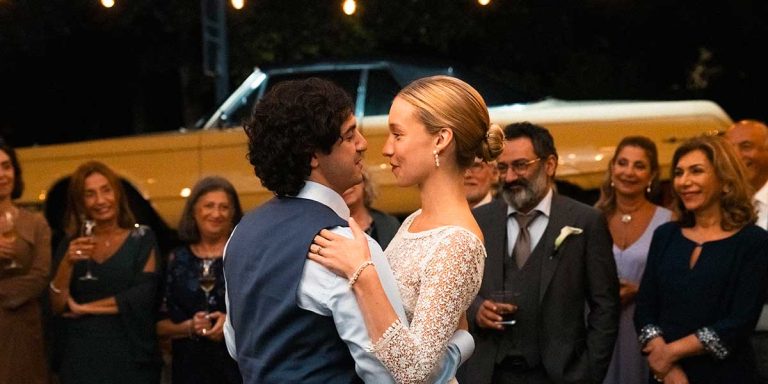It’s hardly ever likely to see, think, or feel the color blue and not connect it (perhaps unwillingly) with all the ineffable emotions on account of which one feels the impotence towards the inner sentiment. It’s a classic, really. And we will never get enough of it. The Austrian filmmaker duo Lilith Kraxner and Milena Czernovsky, in “bluish,” use this simple idea to capture the state of being in the early twenties. In a European city center, two female students caught in the field of arts and cultural production are drifting through life indolently.
Many small moments, dull or expected, form a sequence of no events, highlighting the two girls’ uninspired condition. We follow fragments of their daily lives as they show indifference and patience with the unavoidable demands, often absurdities, of their lifestyle. They hardly interact with others, and they speak no words. Here, the color blue narrates the story, and the story advocates for blue’s potency in conveying the core state with all its complexity.
Every shot is a tribute to blue—to be accurate, pale blue. But besides this beautiful obsession with color, “bluish” is eventually a study in framing. The camera remains strictly firm in its position, in an admirable confidence. The main concern is apparently to embrace happy juxtapositions of blue, still as they are, and won’t cling to the movements of the heroines; they, anyway, dance in and out of the camera’s range, unconcerned and uninterested. They jump in the shots from all possible corners in a dimmed yet airy choreography, and just like a fine and fragile glass of wine, you consume them with your eyes, aware of the possibility of a breakdown at any moment. The mood is transmitting, justifying the length of the film into a guilty pleasure of succumbing to the desire to hang your pillows and lay across the two girls and their gloomy lives.
As you might have guessed, this film can easily read as a loose adaptation of Kieslovski’s masterpiece, “Three Colours: Blue.”. The truth is that if you look closely, things actually become of wider interest in view of the small details that position the story in 2024. You can think of classes via Zoom or first dates with a promising match via a dating app. Think of insecurities, longings, and the search for an identity that fits adulthood. Think as well of the struggles that life so generously and comically offers, such as shopping for screws in a foreign language or ‘making yourself as comfortable as possible’ to sleep following a podcast.
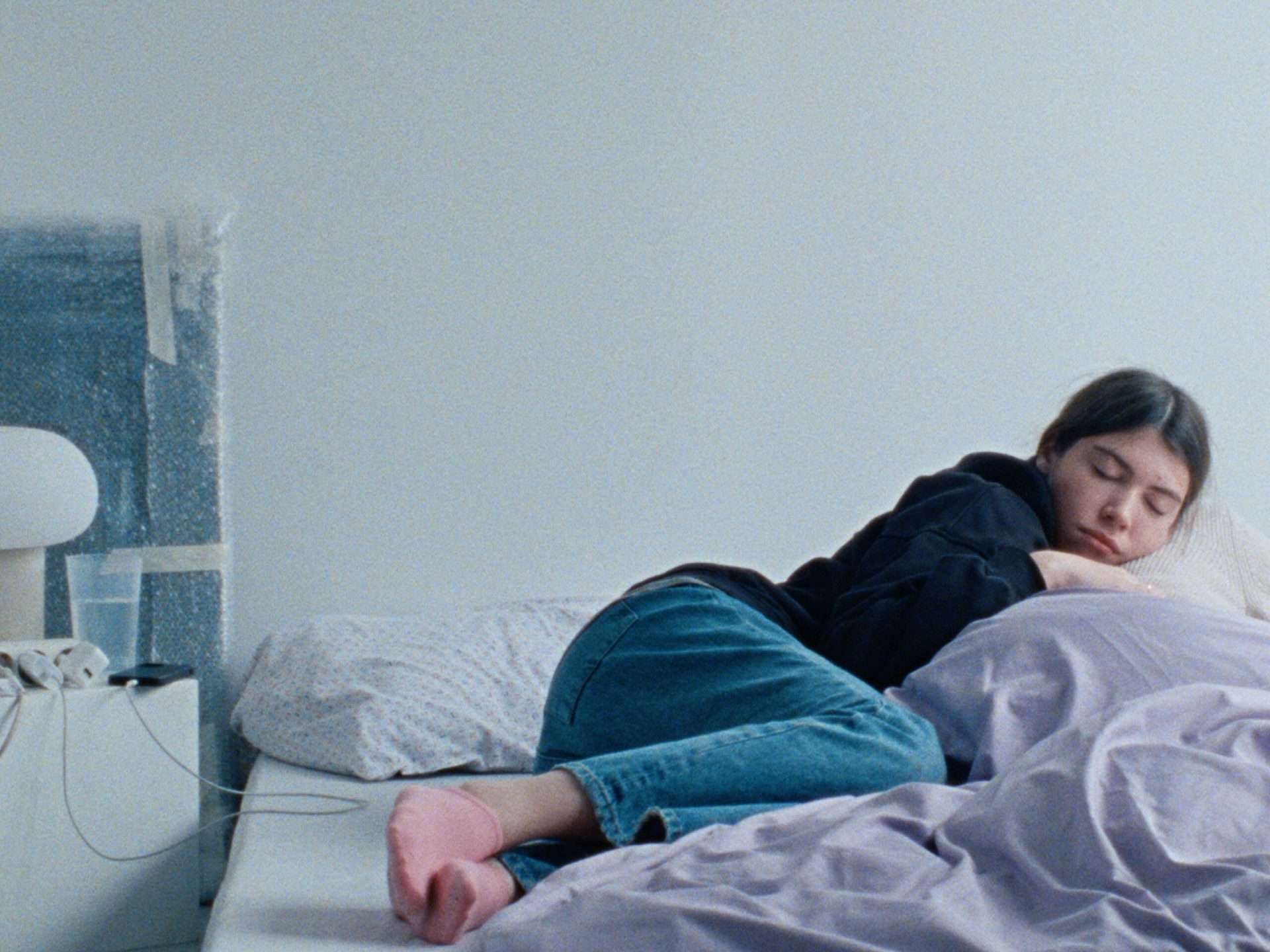
By the way, the latter is admittedly the only opportunity you’d get to go through sleeping audio guidance with your eyes wide open in the total dark and your ears transfixed to the voice for five cinematic minutes. For moments like these – modest gems of the script – this film offers a window to a generation (Gen Z, aka those born between the late 1990s and the early 2010s) and the conditions that make them appear disconnected from their surroundings or weak towards their responsibilities but comfortable with their individuality. I cannot claim that you will find reasonings or explanations through this one, but you will surely get the idea.
Following “Beatrix” (which also premiered at FID in 2021), this is the second feature film collaboration between the two directors. They are on their way to establishing a solid thematic line and consistent aesthetics, led by the square format and nostalgic grainy texture. By now, it is safe to pin down a remark on their sharp manners in portraying characters conditioned by the commands of casual life and dressing them with affecting dramaturgy. With this film, they managed one step further, supported by a resonating backbone story, a captivating sound design, and the performance of Leonie Bramberger—a face that fits just right.
In a similar vein, the duo seems ready to stretch the boundaries of the media at large, with gestures we often see in video works but definitely not in the cinema. In “bluish,” the interplay between analog and digital is prominent, and albeit roughly edited, it sets an inquiring attitude and stirs up a tone. The creators might not have been strident enough or experimental enough, but they definitely send signals of challenging intentions to the audience, giving stories within stories and moments of pause.
In the end, despite the suggestion of the title, the dull filters of blue are no more than a theoretical reference or a game between the two filmmakers, and that’s so nice to watch. For a film with a premise that could easily send you to the land of boredom, “bluish” is ultimately a far more complex voyage.

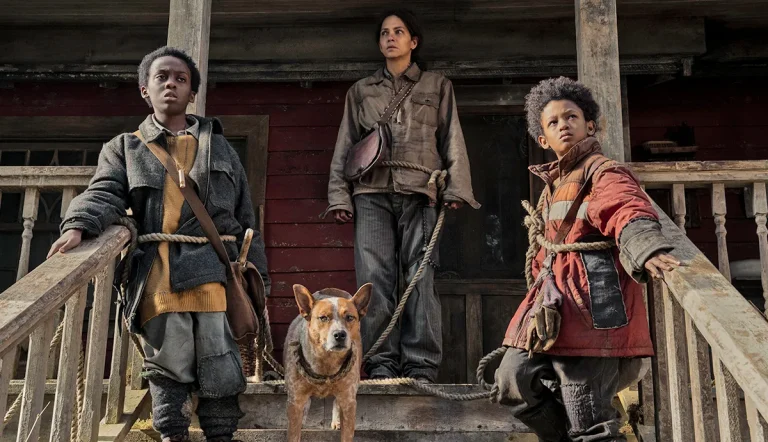
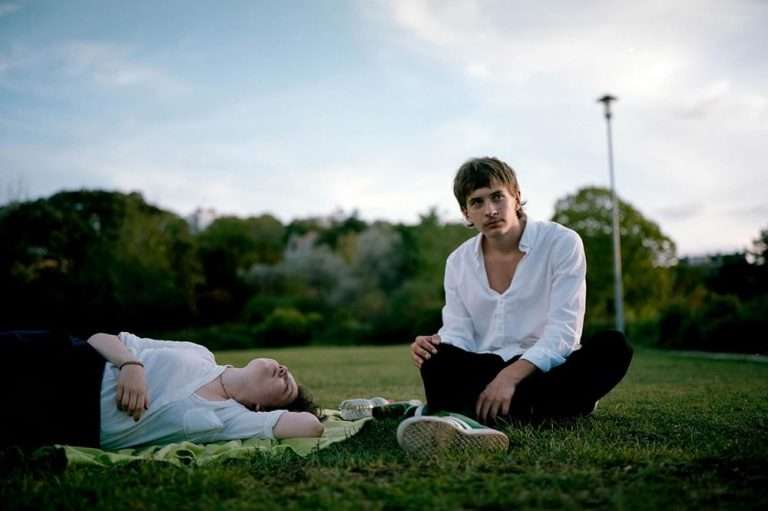
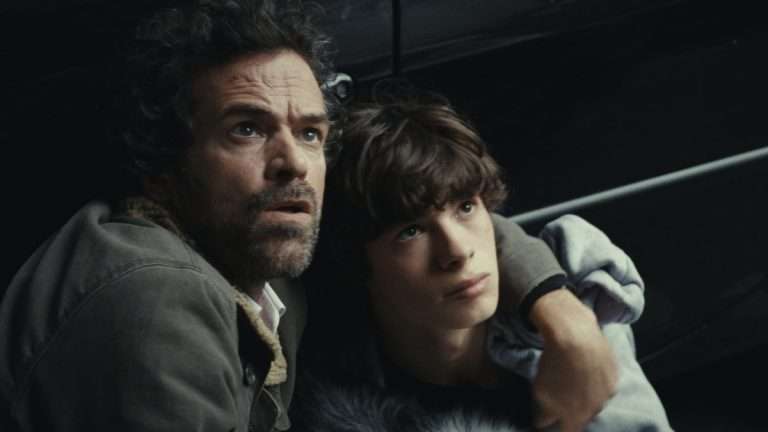
![The Kid Detective [2020] Review – Sleuthing in a Notably Darker and Self-Aware World](https://79468c92.delivery.rocketcdn.me/wp-content/uploads/2021/02/The-Kid-Detective-2020-768x512.jpeg)
